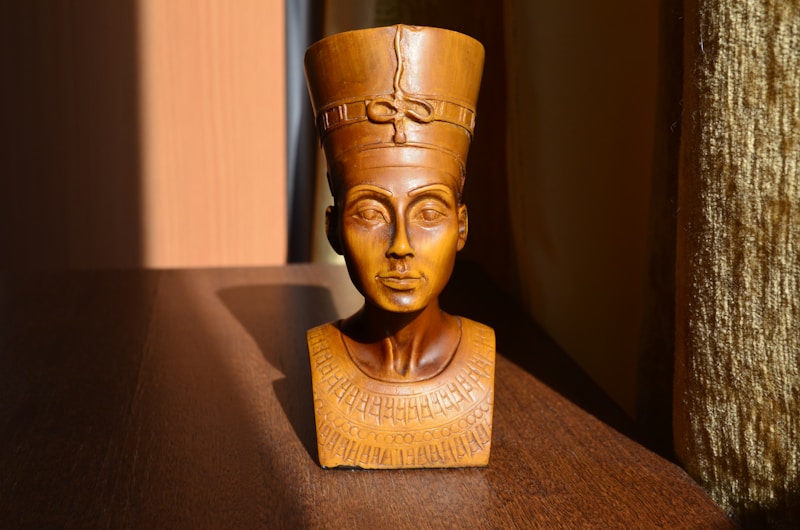“I’ll have to take up knitting,” a sulking friend confessed to me several days ago. She just conceived, and the advice given to her was to avoid vigorous physical activity until at least the 12th week of pregnancy, after the first trimester. It sounded like a lifetime to a gym-bunny like her. To add insult to injury her yoga teacher sweetly, but firmly, asked her to return in several weeks.
Shifting Your Home Practice
If you are a yoga addict, like me, you know precisely what I’m talking about. It’s essential, like brushing your teeth. You roll out of bed and flop on the mat, half-human. Slowly, breath by breath, you start coming back to life. A home practice is not only handy for starting your day well, it also deepens the yoga experience immeasurably, and this doesn’t change during pregnancy. ‘But you said prenatal yoga is nothing like regular yoga,’ I hear you cry. Exactly. This why you need a specific prenatal home sequence.
Don’t get me wrong, group classes are essential in pregnancy, but the benefits increase if you add a self-practice. It helps deepen the insights from class, may be preventative to future ailments and can alleviate those that are newly arisen. Finally, and maybe most importantly, it keeps your endorphins flowing. A happy mum means a happy baby!
What You Need For Your Prenatal Self-Practice
If you can, set up a space devoted only to your yoga. Keep all your props here, a candle or two and maybe some incense. Traditionally, yoga is the first activity in the day, but there are no hard and fast rules in pregnancy. If you feel nauseous and fatigued in the mornings, listen to your body. Lunch or bedtime yoga may be a better option.
To set up, you need only a yoga mat and a block or cushion. It feels really good to be able to reach out for that extra pillow when tiredness takes over, so you may want to stock up. Snugly blankets, cushions, an eye bag or a shawl plus a snack (yes, a snack!) may also be useful.
See Also: The Simplest Snack Recipe You’ll Find On The Internet Today
Early Pregnancy and Yoga
Be a minimalist: less is best now. The first trimester is when your body adapts to the hormonal changes and the baby develops most rapidly. This period is vital for the formation of your little one’s nervous system. You may feel fatigued, experience mood swings and nausea. In the first trimester, yoga should be used for focusing on self-nurture, deep rest, surrender and stillness. Introducing meditation and breath awareness is a great idea. Treat these first 90 days as a preparation for the rest of your pregnancy.
Very often people ask, “Are there any risks if I do yoga while pregnant?” By common consensus amongst doctors and midwives the first trimester is the riskiest part of any pregnancy. Sadly some babies never make it to term, and the causes can be very complex and difficult to establish. That being said, let’s imagine a regular Monday morning to put things into perspective:
Waking up a bit too late, rushing out and commuting, potentially squashed like a sardine on the Tube. Once at work you go about your ordinary daily activities. Odds are you won’t be showing in the first trimester, and will likely be treated like any other non-pregnant person. All this activity makes a certain level of demand on your body.
Prenatal Home Yoga Sequence 1: The First Trimester
The following yoga sequence is much gentler than the activities you go about on a daily basis, and suitable for women in their first trimester. However, please be mindful that your safety is ultimately your own responsibility. Please make sure you feel comfortable doing any of these exercises and stop if you don’t. If you have any questions, you can also share them with me in the comments below.
- Start reclined on your back, making sure you are comfortable and warm. Close your eyes and feel the breath coming in and out into the nose. Place your palms on your belly and feel its warmth. Send a loving thought to your baby. After a couple of breaths, yawn and sigh deeply.
- Pelvic rocks and rolls. Bend your knees and rock your pelvis from left to right about six times before coming back to neutral. Then, move your pelvis up and down six times by alternating between arching your lower back and engaging your lower abdomen. Make these movements small and precise.
- If this feels fine, extend to a Half-Bridge. Rather than holding it, repeat it fluidly a couple of times. Imagine your spine is a wave in the ocean rippling from end to end.
- Draw your knees to the chest into Happy Baby Pose and do some rolling on your back to massage your spine.
- Roll onto your side and sit on your heels going into Thunderbolt Pose, and place a cushion between your heels and bottom. Stay in this position for five breaths, then extend your arms upwards to stretch your sides ribs. Interlace the fingers; inhale the arms up, palms facing the ceiling. Exhale the palms down, round your sides.
- Separate your knees, and let your chest fall forward into Child’s Pose. Place a cushion or a block under your forehead. Stay here as long as it feels good.
-
Vertebrae by vertebrae, roll into standing. Step back with your left foot into Modified Triangle Pose. Modify by widening your feet as if they were on train tracks. Inhale your arms up, and gently bend from your waist down making sure not to go too far. After about five breaths, switch to the other side.
- Modified Shoulder Stand. Place a large, hard cushion next to a wall and lay down. Place your hips on the cushion with the upper back on the floor. Rest your feet on the wall with your legs bent and stay here for a couple of breaths. Then, extend the legs so only the heels rest on the wall. Close your eyes and take five deep breaths.
- Sit with your legs crossed on the cushion and shrug and stretch your shoulders. Practice deep, relaxed breathing and alternate nostril breathing. You can close this off with a spell of meditation if that’s in your practice.
- The final relaxation is the most important part of this sequence. Place some cushions under your knees and snuggle up in a blanket. Bring awareness to the breath. Stay in this pose as long as you like. Snoozing off recommended.
Parting Thoughts
Remember to be gentle with yourself and practise listening to your body. Take your time in the poses and keep the focus on your breath. Sometimes, a slower flow can be a really tough challenge, especially if you like a more active practice.
Bear in mind that your body is already performing a herculean task right now; a one-of-a-kind internal workout. Even though it cannot be seen, it can be most definitely felt. Remember that yoga has always been about adaptability, surrender and letting go of expectations. Gentler, slower self-practice is as valuable as a strenuous one. The first trimester is a great opportunity to drop the thinking and re-connect with the body in a gentle and mindful way, that is safe for you and your baby.
So, light a candle, put some soothing music on and immerse yourself in the nourishing flow of a pregnancy yoga home practice.












